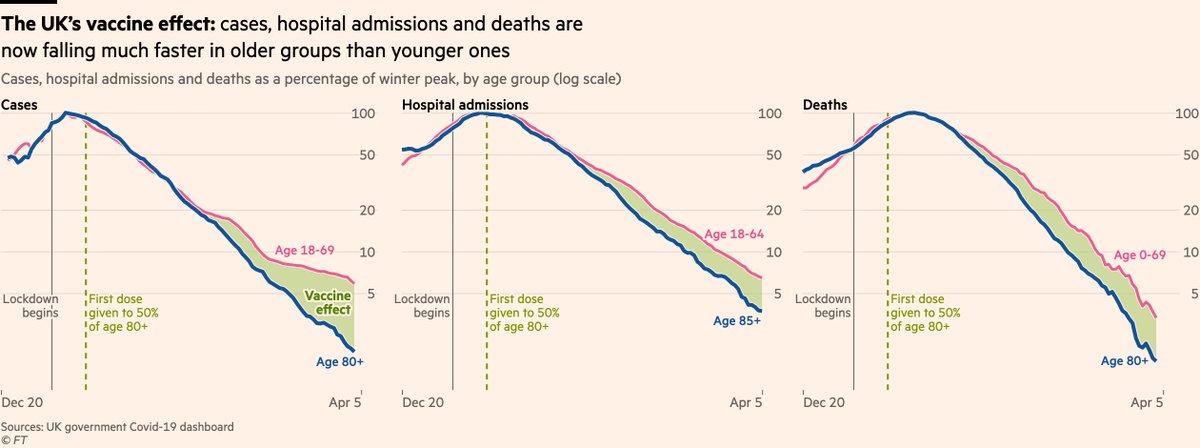
EU regulator: AstraZeneca vaccine should continue to be used across all age groups theguardian.com/politics/live/…
UK regulator: under-30s should be offered an alternative jab to AstraZeneca (but those who have had first AZ jab should get a second AZ jab)
UK regulator: under-30s should be offered an alternative jab to AstraZeneca (but those who have had first AZ jab should get a second AZ jab)
Both orgs are clear that the specific blood clotting side-effect is extremely rare, and the vaccine has been proven highly effective, so the benefits of the AstraZeneca vaccine still outweigh the risks for the vast majority of people.
So UK decision is based more on the other side of the coin: that Covid mortality risk is also very low for under-30s, so the balance of two low risks becomes less clear-cut.
Here’s our story: ft.com/content/3870ba…
• • •
Missing some Tweet in this thread? You can try to
force a refresh









